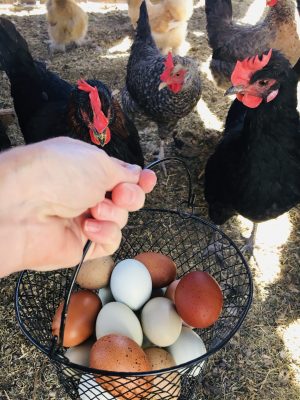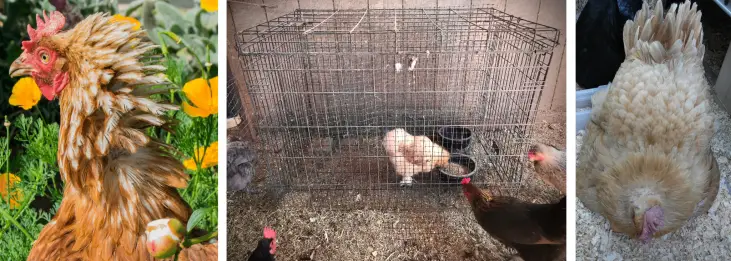
What is Chicken Jail?
Chicken jail, also called a “time out pen,” is used to temporarily isolate a chicken that is performing a behavior that you do not want them doing. It is commonly used for aggressive chickens and broody hens. When used properly, it can “break” a chicken from carrying out an unwanted behavior.
lass="has-medium-font-size">Chicken jail can also be used to isolate sick or injured chickens while you are rehabilitating them.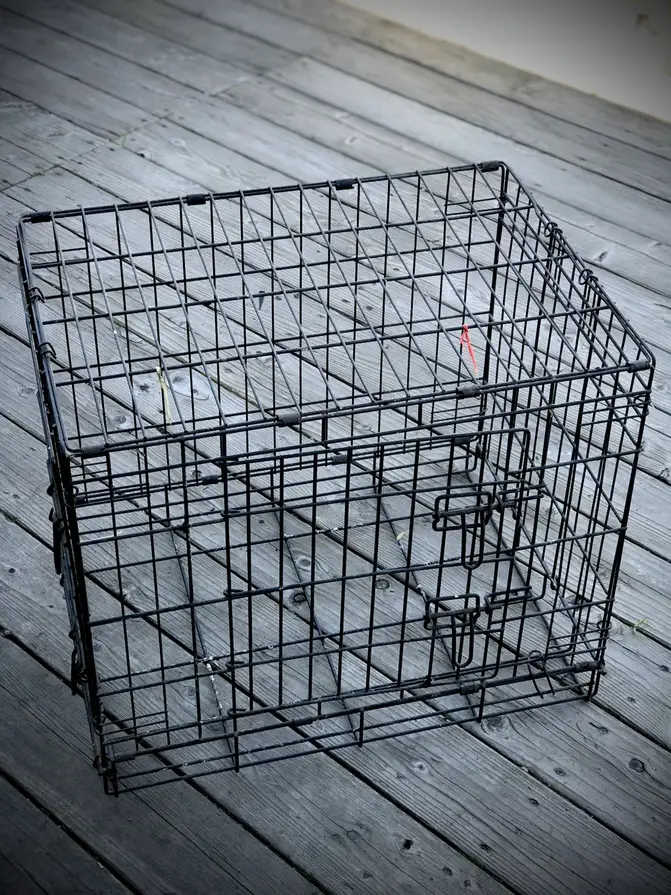
1. Using Chicken Jail for a Broody Hen
If a hen goes broody and you do not want her to hatch out a clutch of eggs or the eggs are not fertile, you will need to “break her” from her broodiness. Using chicken jail for a broody hen is the most effective if you are able to catch her when she first begins exhibiting signs of broodiness.
lass="has-medium-font-size">It is important to break a broody hen if your intent is not for her to hatch a clutch of eggs. She will continue to sit on the eggs for a full 21 days and sometimes even longer to hatch out her clutch. This can be very stressful on her body, with decreased eating, drinking, pooping and exercising.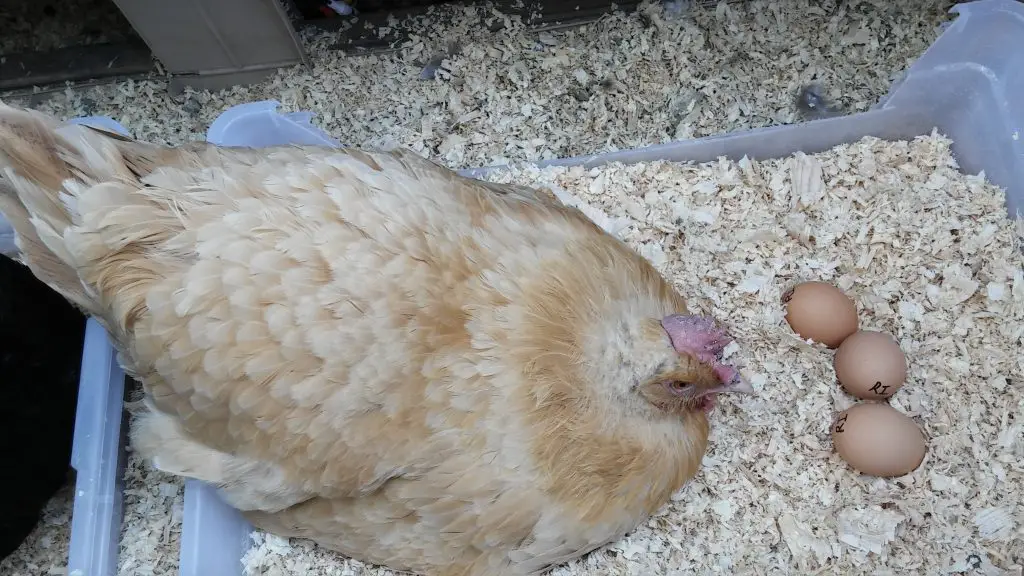
What are Some Signs of a Broody Hen?
| SIGNS OF A BROODY HEN | |
|---|---|
| 1 | SHE CONTINUES TO SIT ON EGGS |
| 2 | SHE CONTINUES TO SIT IN NESTING BOX WITHOUT EGGS UNDER HER |
| 3 | HEN PLUCKS OUT CHEST AND UNDERSIDE FEATHERS |
| 4 | COMB AND WATTLE NOT BRIGHT RED |
| 5 | WILL PECK AT YOU IF YOU TRY TO REMOVE HER FROM THE NEST |
| 6 | SHE WILL ONLY LEAVE THE NESTING BOX A COUPLE TIMES A DAY TO POOP AND EAT |
| 7 | WILL EAT AND DRINK VERY LITTLE |
| 8 | HER POOPS WILL BE VERY LARGE (AND SMELLY!) |
| 9 | IF PICKED UP WILL KEEP FEET TUCKED UNDER HER |
| 10 | SHE STOPS LAYING EGGS |
| 11 | SHE WILL PUFF HER FEATHERS UP AND FAN HER TAIL OUT IF YOU TRY TO REMOVE HER FROM THE NEST |
| 12 | A BROODY HEN WILL TUCK EGGS UNDER HER |
| 13 | SHE WILL FLING NESTING MATERIAL ON TOP OF HER |
| 14 | WILL CLUCK RHYTHMICALLY AND DEEPLY WHEN REMOVED FROM HER NEST |
How long do I Put a Broody Chicken in Jail?
In most circumstances, a broody hen will only need to stay in “chicken jail” for up to 3-4 days. If after 24 hours, she still exhibits broody behavior, put her back into her time out pen for another 24 hours. Repeat. A really broody hen can take up to 7 days to break.
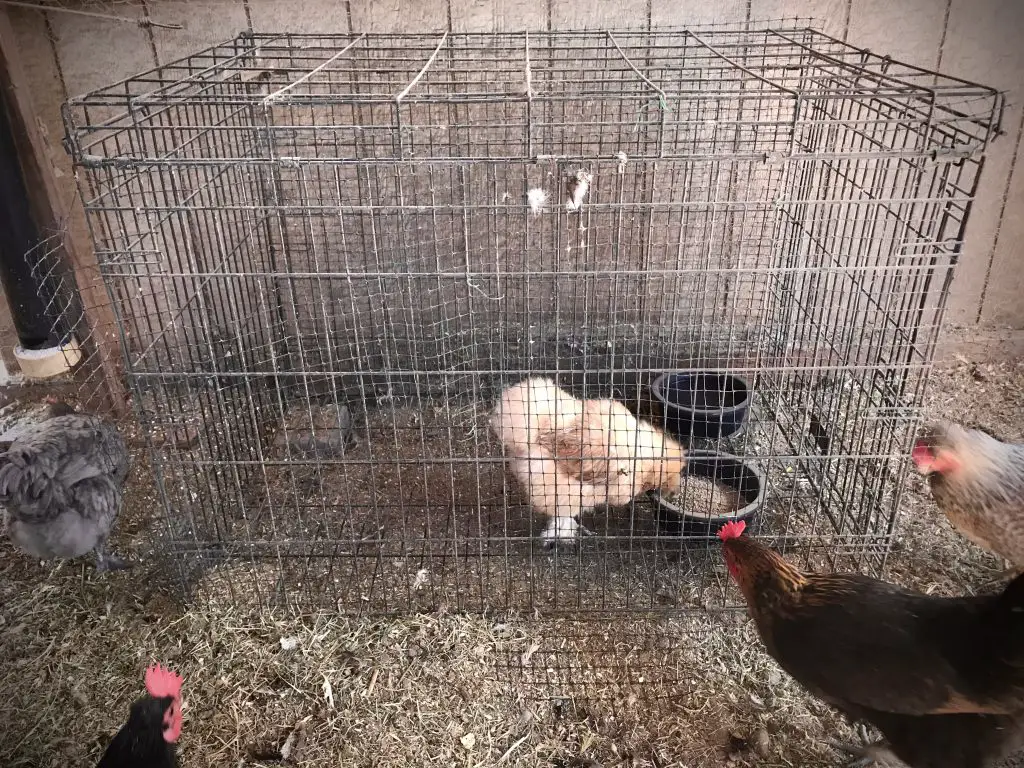
Steps to Breaking a Broody Hen with Chicken Jail
Step 1: Identify the broody behavior early. The sooner that you can identify a broody hen and do something about it, the easier it usually is to break them from their broodiness.
lass="has-background has-medium-font-size" style="background-color:#dbf4ff">Step 2: Set Up a Chicken Jail or Time Out Pen for your broody hen. A large dog crate with a wired bottom will work great. Set it up on bricks or cinder blocks. The idea is to make sure your broody hen is not able to nest. She needs to have cool air hitting her underside to break her and this can be done by suspending the cage and not providing any nesting material.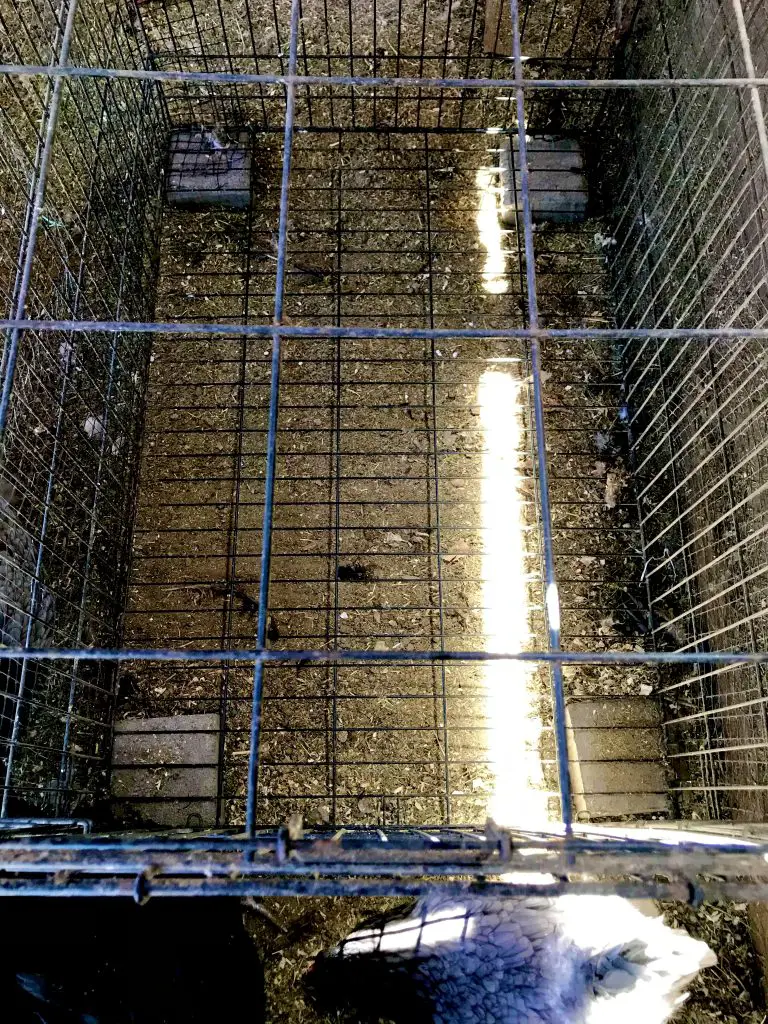
Step 3: A chicken time out pen should have food and water and if you are trying to break a broody hen, do not provide nesting material. Make sure that the enclosure is placed in an area out of direct sunlight and that your hen is protected from wind, heat and rain.
Step 4: Gently place your broody hen in Chicken Jail with adequate food, water and shelter from any harsh elements.
Step 5: After 24 hours, remove your hen from jail. Observe her behavior. If you catch her early enough, 24 hours may be all that is needed. If she continues to exhibit broody behavior, she didn’t serve a long enough time and needs to be placed back inside for another 24 hours.
lass="has-background has-medium-font-size" style="background-color:#dbf4ff">Step 6: Repeat Step 5 until you break her. In most circumstances, “time out” will only be necessary for up to 3-4 days. A really broody hen can take as long as 1 week to break.2. Using Chicken Jail for an Aggressive Chicken
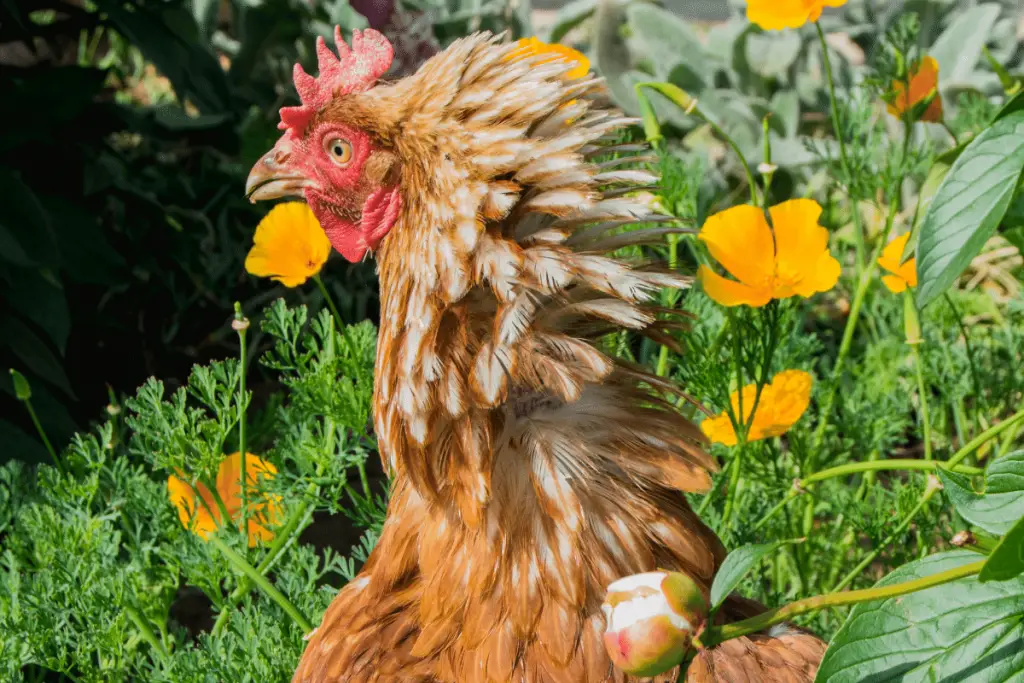
Chicken jail for an aggressive chicken can be used to effectively eliminate bullying and other negative behaviors in healthy chickens. There will always be a chicken that will “rule the roost,” but make sure it doesn’t lead to aggressive behavior that will hurt other flock members.
If your flock has already established a pecking order, you have eliminated external triggers that can attribute to aggressive behavior (*see chart below) and you still have an aggressive chicken, then chicken jail is the next step.
What Can Cause an Aggressive Chicken?
| *WHAT CAN CAUSE AN AGGRESSIVE CHICKEN? | |
|---|---|
| 1 | CROWDING |
| 2 | NEW OR LOSS OF FLOCK MEMBERS |
| 3 | A SICK CHICKEN IN THE FLOCK |
| 4 | TOO MANY ROOSTERS |
| 5 | PREDATOR NEARBY |
| 6 | UNABLE TO CARRY OUT INNATE CHICKEN BEHAVIOR (PECKING, SCRATCHING GOUND) |
| 7 | GENETICS |
| 8 | HORMONES (BROODY HEN) |
| 9 | TRAINED TO BE AGGRESSIVE |
| 10 | BOREDOM |
| 11 | SEEING BLOOD ON AN INJURED CHICKEN |
| 12 | UNSANITARY CHICKEN COOP |
| 13 | TOO MUCH OR TOO LITTLE LIGHT |
| 14 | CHANGE OR LACK OF FOOD |
| 15 | NOT ENOUGH FEEDERS |
There are many things that can cause aggression in chickens, including boredom. For some really good ways to keep your chickens from getting bored, read my article, What Are Some Simple Boredom Busters for Backyard Chickens?
class="wp-block-heading">What is a Pecking Order?

All flocks of chickens will establish a “pecking order.” This is how chickens will socially organize their flock. Pecking order is even seen in young chicks and involves standing tall, puffing feathers and pecking at each other to establish dominance.
A chicken that is on the top of the pecking order will be able to roost on the highest perch, eat first and others will follow behind in their designated order.
Establishing a pecking order is normal chicken behavior and should be allowed to be carried out. It’s ok to give your flock some time to work out their social order.
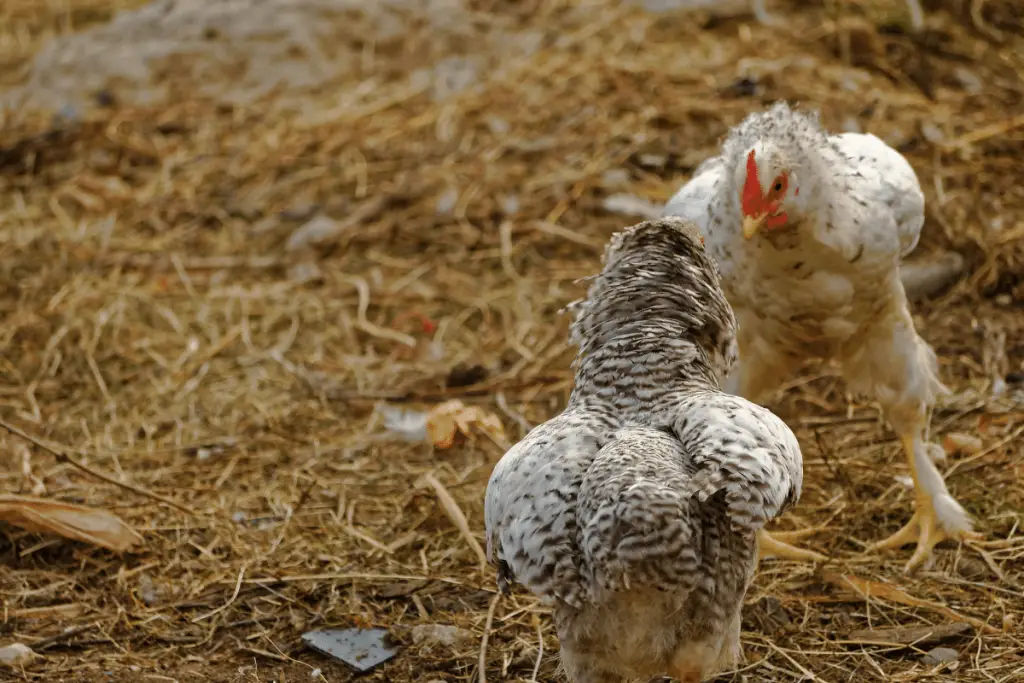
There will be some aggression shown; standing tall, puffing out their feathers and even some pecking and loss of feathers.
lass="has-medium-font-size">As long as there is not any blood involved, it is ok to let them work it out. Most flocks will work it out within a few days, but sometimes it can take up to 2 weeks.Steps to Breaking an Aggressive Chicken with Chicken Jail
Step 1: Identify the aggressive behavior early. The sooner that you can identify aggression in your chicken and do something about it, the easier it usually is to break them from their aggressiveness.
Step 2: Set Up a Chicken Jail or Time Out Pen for your aggressive hen or rooster. A large dog crate will work great.
Step 3: A chicken time out pen should have food, water, perch and nesting material. You can even place a nesting box in there if it is a laying hen. Make sure that the enclosure is placed in an area out of direct sunlight and that your chicken is able to be protected from wind, heat and rain.
lass="has-background has-medium-font-size" style="background-color:#ffe7ed">Step 4: Gently place your aggressive hen in Chicken Jail with adequate food, water, bedding and shelter from any harsh elements.Step 5: After 24 hours, remove your hen from jail. Observe her behavior. If you catch her early enough, 24 hours may be all that is needed. If she continues to exhibit aggressive behavior, she didn’t serve a long enough time and needs to be placed back inside for another 24 hours.
Step 6: Repeat Step 5 until you break her. In most circumstances, “time out” will only be necessary for up to 3-4 days. A really aggressive chicken can take as long as 1-2 weeks to break. If you are unable to stop the aggression, you will have to make the choice to re home or eat the chicken for dinner.
Many backyard chicken owners choose not to do the latter, because they think of each chicken as their pet. Just know that there is always a possibility of coming across an aggressive chicken in your flock and you will have to make the decision.
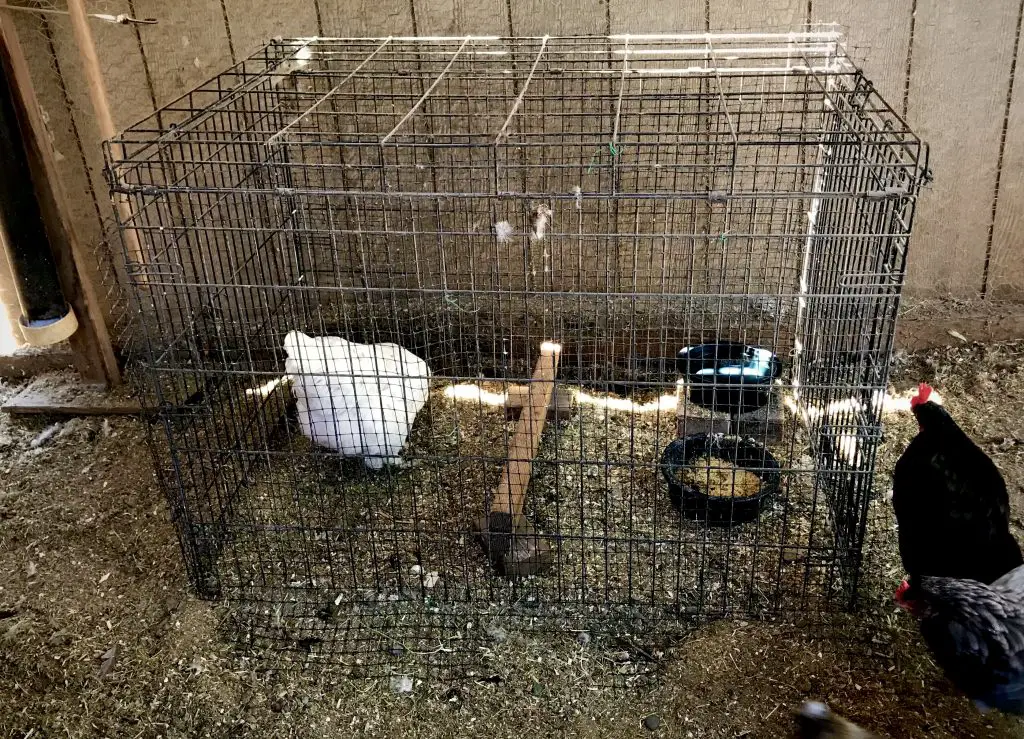
3. Using Chicken Jail for Confinement of Sick or Injured Chickens
When a chicken becomes sick or injured, it is imperative to isolate them from the rest of the flock to not only protect them, but other flock members as well.
Confining Sick Chickens
Sick chickens should be isolated in a confinement pen or “chicken jail,” located far from the flock. This will help to protect the any diseases being spread to any other flock members.
If you can, bring the confinement cage to a location that you can keep a closer eye on them, such as your garage.
Confining Injured Chickens
Injured chickens are a threat to the rest of the flock and are frequently picked on. Predators know when an animal is injured and are more likely to attack the flock.
lass="has-medium-font-size">It isn’t uncommon for injured chickens to be pecked to death by other flock members.Place your injured chicken in “chicken jail,” until it healed and strong enough to defend itself once reunited with the rest of the flock.
Pecking order will need to be re established when bringing your once injured chicken back into the flock. Expect some pecking and fighting to happen while they are trying to work this out.
I like to keep a close eye on them when reintroducing a hen back into the group. If there is any bloodshed, you will either need to place the hen back into quarantine or put the bully chicken into “chicken jail.”
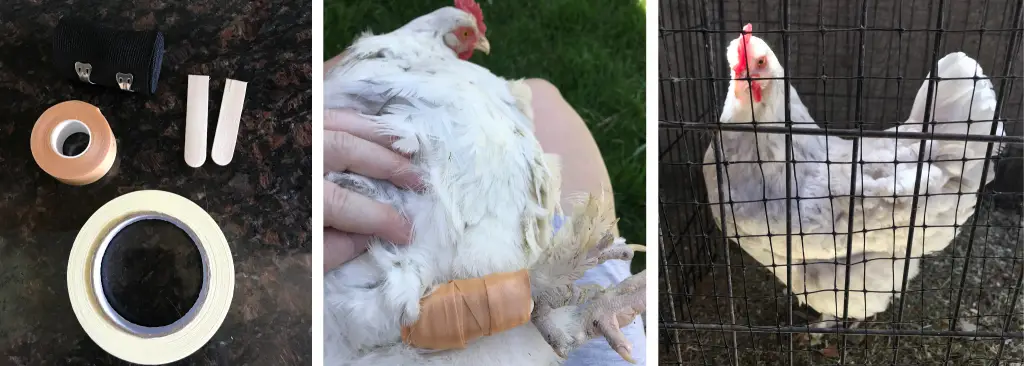
Conclusion: What is Chicken Jail? 3 Effective Ways to Use it
The use of a chicken jail or a time out pen can help both aggressive chickens and broody hens if you use it properly. It should only be used on healthy chickens.
If you use it on a sick or injured chicken, place the quarantine cage in a location that you are able to closely monitor them.
Before quarantining an aggressive chicken, make sure that you have eliminated external factors that can cause aggression.
Always provide food, water and shelter from harsh elements for any chicken in quarantine. Recheck their behavior every 24 hours.
If you spot a broody or aggressive chicken, the sooner you isolate them in “chicken jail” the more effective and quicker you can change the unwanted behavior.
lass="has-medium-font-size">Try to spend time with your flock every day. Watch how they interact with each other and if you spot a broody or aggressive chicken, nip it in the bud right away!What is Chicken Jail? 3 Effective Ways to Use It- https://www.backyardchickensmama.com/what-is-chicken-jail/

